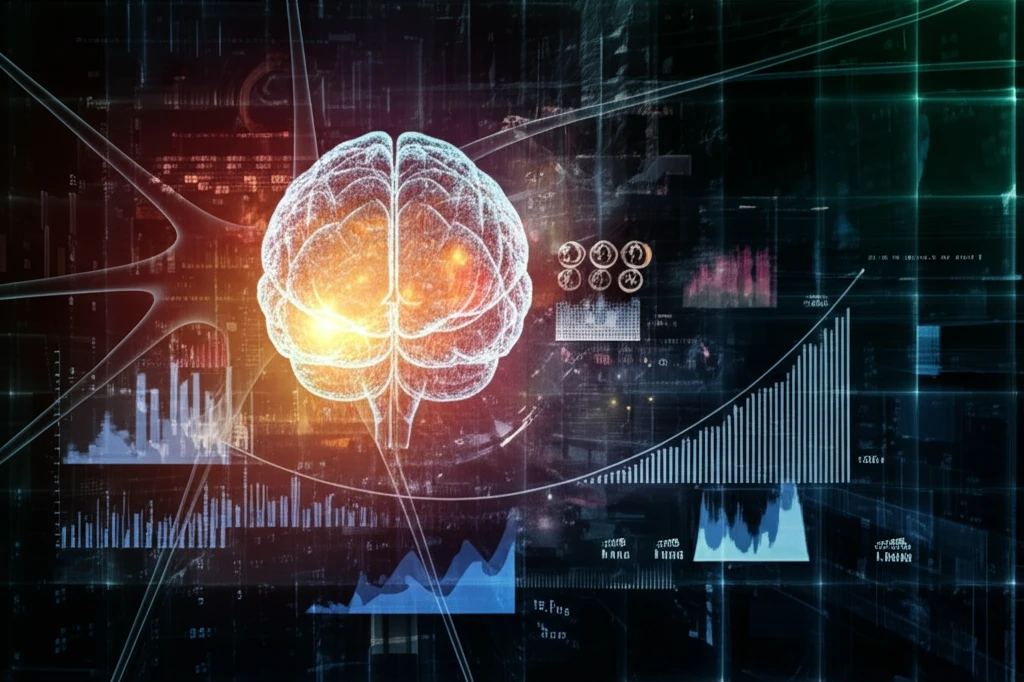
Decoding the Economy: Can AI Bridge the Output Gap?
"A cutting-edge neural network model offers fresh insights into inflation and economic activity, challenging traditional Phillips Curve analysis."
The Phillips Curve, a cornerstone of modern macroeconomics, has long been plagued by challenges. Empirical models struggle to accurately capture the relationship between inflation and economic activity, hindered by unobservable factors like inflation expectations and the elusive output gap. This has led to debates about the effectiveness of current monetary policies.
Traditional approaches rely on proxies and assumption-heavy filtering techniques to address these gaps. However, a new approach is emerging: the Hemisphere Neural Network (HNN), a machine-learning model designed for economically interpretable inflation predictions. The HNN offers an alternative route, promising more accurate forecasts and deeper insights into the forces driving inflation.
This article explores the innovative architecture and capabilities of the HNN, highlighting its potential to revolutionize our understanding of the Phillips Curve and macroeconomic dynamics. We'll delve into how the HNN addresses the limitations of traditional models, offering a fresh perspective on the interplay between inflation, economic activity, and monetary policy.
What is the Hemisphere Neural Network (HNN)?

The Hemisphere Neural Network (HNN) is a novel artificial intelligence model designed to overcome the limitations of traditional Phillips Curve analysis. Unlike conventional methods that rely on proxies for unobserved variables, the HNN takes a different approach: it directly estimates the latent states within a Neural PC, supervised by a deep learning model that maps observed regressors into hidden latent states.
- Nonlinearity Capture: The HNN excels at capturing the complex, nonlinear relationships between economic indicators and latent states. It translates a high-dimensional set of observed data into meaningful economic indicators, addressing the limitations of linear models.
- Economic Interpretability: The architecture of the HNN is designed to yield a final layer of components that can be interpreted as latent states within a Neural Phillips Curve. The unique architecture allows for economic interpretation of the results, a crucial feature often lacking in black-box machine learning models.
- Improved Forecasting: HNN forecasts show better performance than traditional PC-based models, particularly in capturing recent economic shifts like the 2021 inflation upswing. HNN attributes this upswing to a large positive output gap starting from late 2020, a conclusion supported by its analysis of alternative tightness indicators.
The Future of Economic Modeling with AI
The Hemisphere Neural Network represents a significant step forward in macroeconomic modeling. By leveraging the power of AI and machine learning, the HNN offers a more nuanced and accurate understanding of the complex relationships driving inflation and economic activity. This innovative approach has the potential to improve forecasting, inform monetary policy decisions, and address key issues in empirical macroeconomic analysis. Further exploration and refinement of models like the HNN promise to unlock even deeper insights into the workings of the economy.
